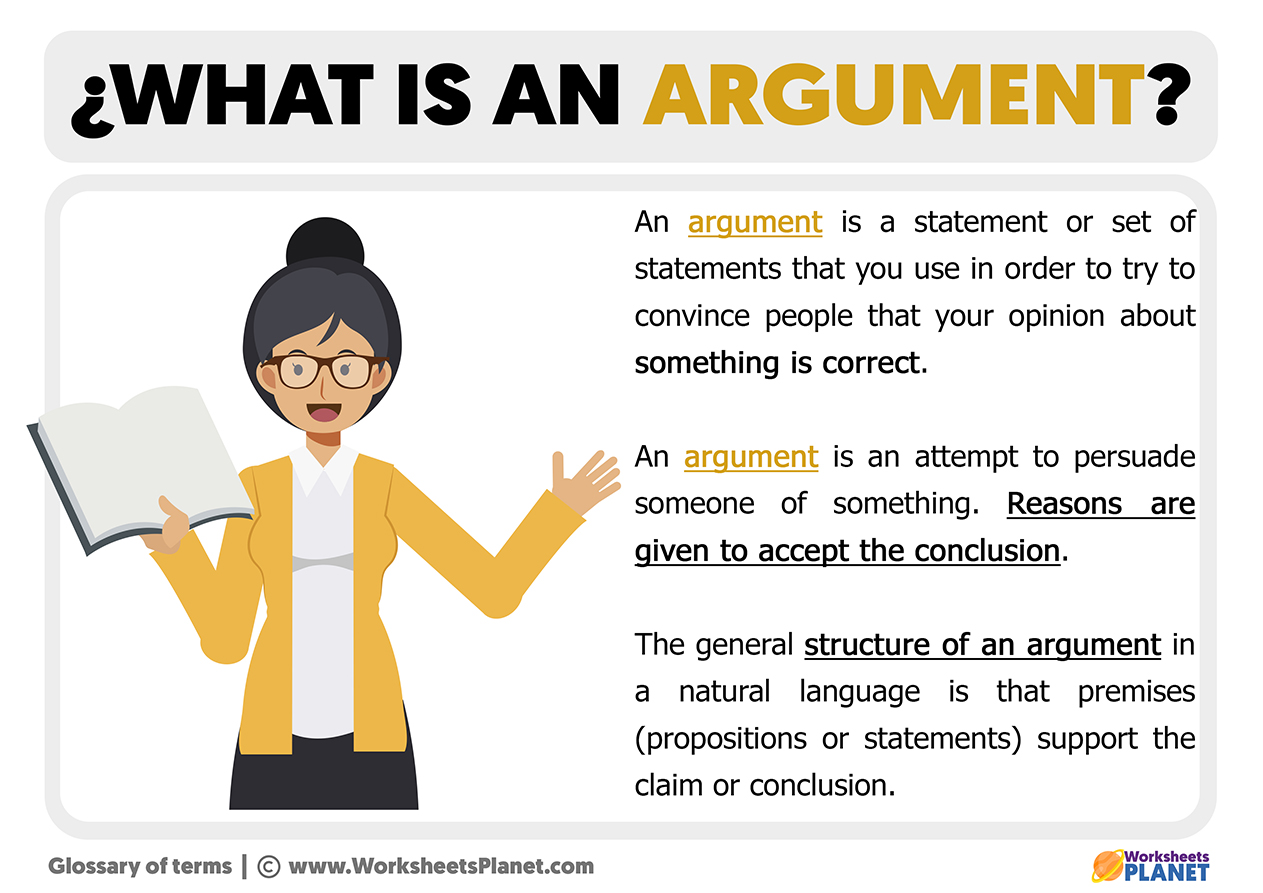An argument is a type of reasoning based on information that must be reliable and, at the same time, verifiable data. It can be spoken or written and is used as a device to convince an audience of a particular point of view.
Likewise, an argument is considered a tool to justify something that is trying to be presented to listeners or readers. An argumentation always has to be pointed out with a language according to the public towards which is directed.

How to make an argument?
Now that we know what an argument is, let’s go on to develop the steps and details to take into account to carry it out. First, we must know the structure of an argument, so this will help us formulate it correctly. An argument consists of two parts: premise and conclusion.
The premise of the argument
The premise has to do with a statement that we must present as accurate. This will be the starting point of our argument and will provide the basis for its formulation. An example of a premise is the following: “All crows are black, and on the patio of my house, there is always a crow.”
Conclusion of the argument
The second part of the argument is the conclusion of the reasoning. Following the logic of the previous example, the conclusion is: “If all ravens are black and in my yard, and there is always a raven that comes to visit, this raven is also black.”

